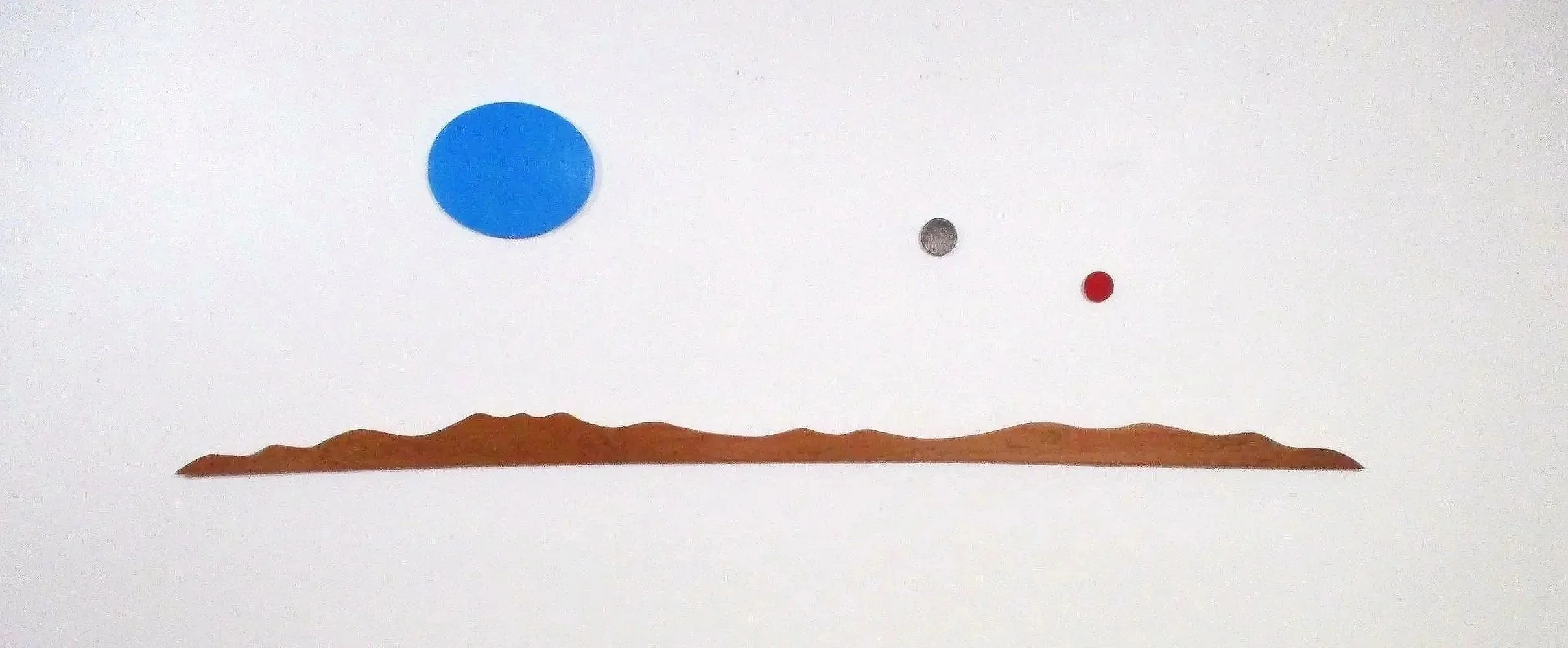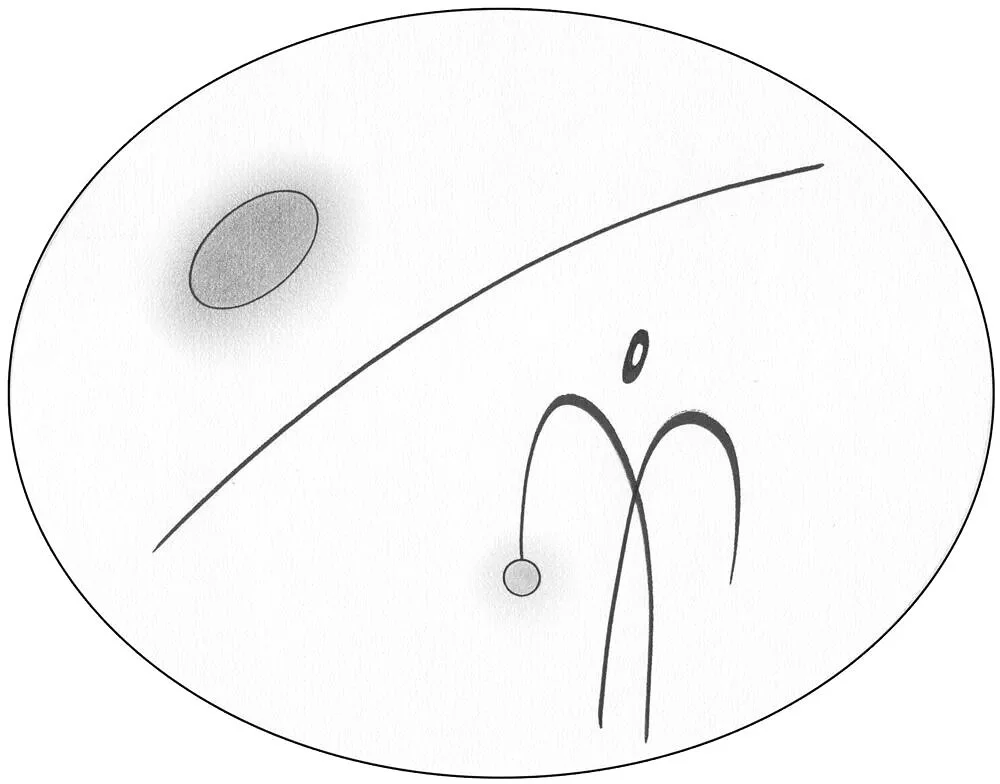Curvism Art Movement

Curvism was born from the landscape. Everything in nature moves and breathes through curves, the horizon, the hills and valleys, the flow of water, the shapes of rocks, plants, animals, and the human form.
In 1978, Steve Firkins began using the word Curvism to describe both his artistic expression and his philosophy of living. Curvism arose as a response to the rigid, angular world shaped by industrialization and Western rationalism—a world built from a male-centered perspective that values reason, power, and materialism. The modern—postmodern world is defined by the straight line, the square, the rectangle and the cube—symbols of order, control, confinement and domination.


Mother Earth, Father Sky (The Birth of Curvism) 1978
At its heart, Curvism views the world from a more female perspective—one that values wholeness, quality and the experiential. It honors the senses and the intuitive. It embraces caring, cooperation, compassion, community, relationships and the cyclical rhythms of the Earth.
Curvism calls for uniting with the curved, spiritual world of nature. It speaks through forms that are circular, elliptical, and fluid—shapes that echo the organic movement of life itself. Curvism advocates for the exploration of the circular and elliptical format for picture making.
For too long, nature and the female qualities of being human have been suppressed by the power and symbols of the man-made world. There has been a growing movement that understands that the modern-postmodern culture of science, technology and commerce alone cannot feed the soul’s deeper longings or satisfy spirituality’s higher aspirations.
Something more is needed to move humanity into the future. Curvism believes that artistic and cultural renewal can be achieved by moving out of the box and through the curved worldview.


















